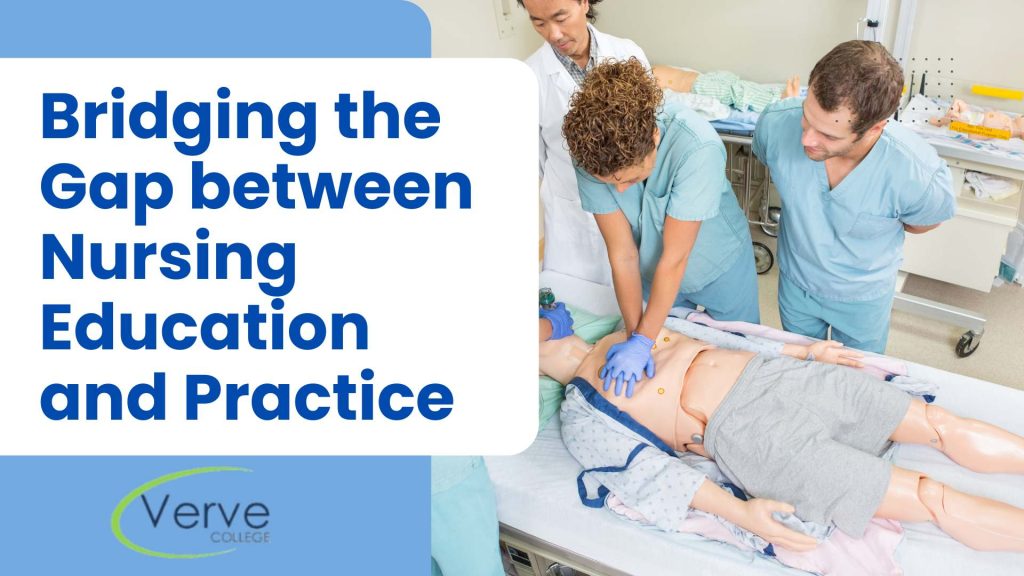- Oak Brook:(630) 705-9999
- Chicago:(312) 920-8822
- Email:inquiry@vervecollege.edu
- Make a Payment
- Home
- Programs
- Admission
- Resources
- ATI Entrance Exam Resources
- New E-Digital Library
- Refer a Friend
- School Newsletter
- Events
- Employers
- Job-Network
- Alpha Beta Kappa Candidates
- Verve College Library
- Graduation and Pinning Ceremony Photo Galleries
- Textbook Information
- Career Services
- Tutoring
- School Catalog
- FAQ
- Constitution Day Program
- Alumni
- Verve College Plans
- Financial Aid
- HEERF Reporting
- Satisfactory Academic Progress
- Apply For Financial Aid
- Net Price Calculator
- Return of Title IV Funds (R2T4)
- Financial Aid Office Code of Conduct
- Contact
- FAQs
- Verification Policy
- Vaccination Policy
- Student Right-to-Know Act
- Misrepresentation
- Information Security Program
- Academic Award Year
- Availability of Employee
- Cost of Attendance
- Health & Safety Exemption Requirement
- Students Rights and Responsibilities
- Leave of Absence
- Pell Formula
- Military Students
- Grants/ Scholarship Policy
- Contact Us
- Testimonials
- Blog
Is a Nursing Career Right For You?
Take The Free Quiz
Bridging the Gap Between Nursing Education and Practice
Bridging the Gap Between Nursing Education and Practice
Nurses will be more involved in coordinating multispecialty healthcare and collaborating to develop new care models, treatments, and policies. This is due to the requirements of Healthcare Reform and the “Meaningful Use” of electronic records under the American Recovery and Reinvestment Act (ARRA).
The nurses will be caring for an aging population with chronic diseases at an increasing rate. They will also continue to work on the continuum from prevention to employee wellness, public health to treatment, and end-of-life care.
Practical nurses will continue to be the “bedrock” of healthcare, as President Obama has called them.
The authors of Basic Education in Nursing: A Call for Radical Transformation, a 2010 report by the Carnegie Foundation for the Advancement of Teaching, note that “nurses” are not prepared for the changes in science, technologies, and the nature of professional nursing practice.
A solution can only be found by deliberately changing the way future nurses are educated. This can be achieved by changing the traditional training nurse educators receive.
Everyone in the healthcare sector can contribute to improving education from the best nursing colleges in Illinois and closing the gap between work and nursing school.
What Can You Do to Make Clinical Practice Experiences in Academic Nursing Education More Relevant for Clinical Nursing Practice?
We propose a set of strategies to better align clinical teaching within the nursing profession with clinical practice in modern healthcare environments.
Knowledge Sharing
To bridge the gap between professional education and practice, we should expand existing hybrid LPN programs near me (diploma program) and consortiums like the American Nurses Credentialing Center Magnet Program and the CPM Resource Center ( CPMRC).
For years, the CPM Resource Center’s consortium members have been forming Practice-Education Partnerships. They found that using common, evidence-based teaching and learning tools in the clinical setting was very effective in nursing careers. Faculty and hospital leaders are now members of each other’s Partnership Councils to improve learning and collaboration.
Related:- Key LPN Programs Criteria: What to Look for When Choosing a Nursing School
Technology Education, hands-on experience, and support
- Nursing Informatics & Technology: A blog for all levels of users
Nursing students and practitioners should be provided with training, levels of education, and experience in handling new and emerging clinical technologies, such as EHRs, CDS, and medical devices, and should also have the chance to share their real-world lessons and experiences in long-term care facilities.
Students and practitioners alike can benefit from software that allows them to practice electronic documentation and care plans within a simulation electronic health record. It also provides a tool for assessing their knowledge and competence.
What Role Do the EHR and CDS Vendors and Providers Play in Helping Students Acquire the Required Skills?
These vendors could improve patient care and reduce errors by more actively involving professional nurses in the development of EHR and clinical decision-support content in the healthcare field.
Explore New Nursing Roles and Capabilities
We should also encourage nursing education to collaborate with practice to develop new roles and health care delivery options for nurses. One such option is the Clinical Nurse Lead, which was originally articulated by the American Association of Colleges of Nursing.
Vendors and educators must evaluate nurses’ current roles, looking for opportunities to refine, expand, and develop them. Professional practice nurses are members of interdisciplinary teams who implement clinical guidelines and ensure the quality of care in healthcare settings.
What’s Next
We have described the challenges that vendors and providers, educators, and association leaders will face in the future. We have also offered some strategies to make clinical practice experiences in academic nursing more relevant to the constantly changing clinical nursing world.
Want to Make a Career in Nursing? Get More Information About Our Courses!
The LPN courses (prerequisite courses) of practical nursing program directors need to select online learning opportunities that relate directly to the current healthcare environments. They should also recruit more faculty proficient in the technologies changing the environment. Finally, they must create innovative and valuable nurse residency programs that will help the new nurses transition into care for patients.
This new way of thinking will be crucial to bridge the gap between theory and practice.
 Sign up
Sign up Login
Login




